Posted: May 27, 2007
Keith Feinstein's Videotopia Traveling Exhibit
Videotopia A Blast from the Past
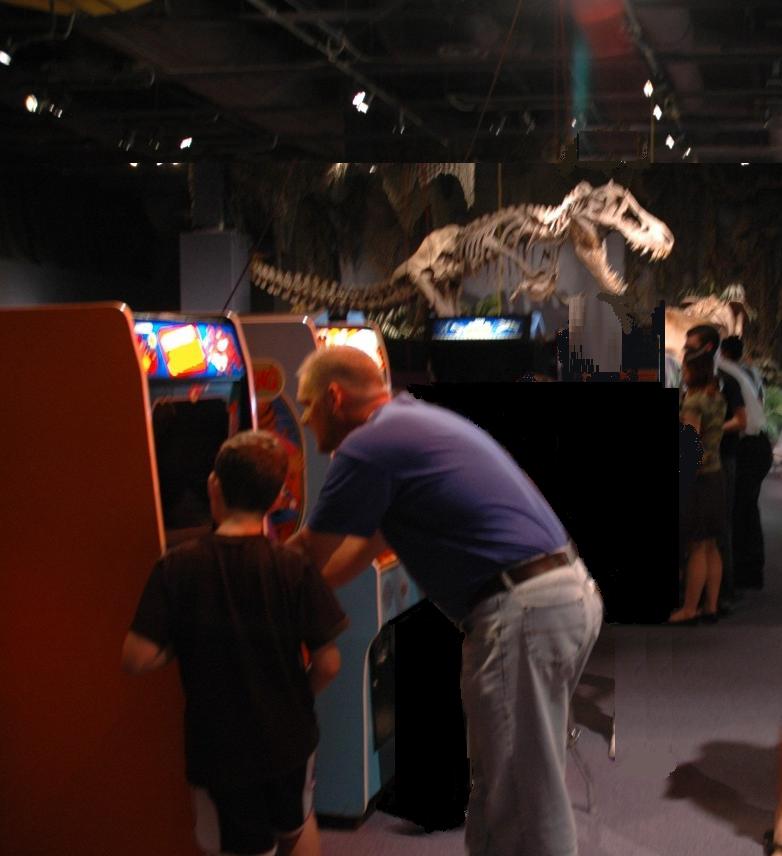
VIDEOTOPIA explores humanity's first giant leap into interactive electronic media The videogame.
Keith Feinstein's Videotopia Traveling Exhibit
Videotopia A Blast from the Past

VIDEOTOPIA explores humanity's first giant leap into interactive electronic media The videogame.

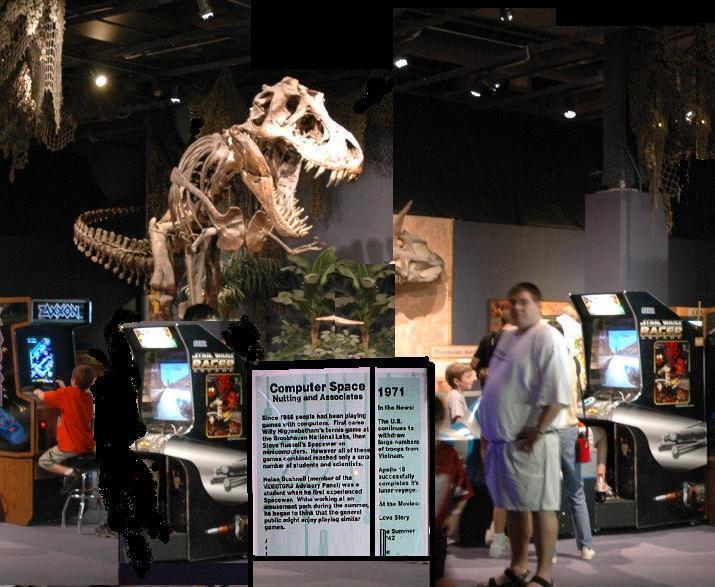

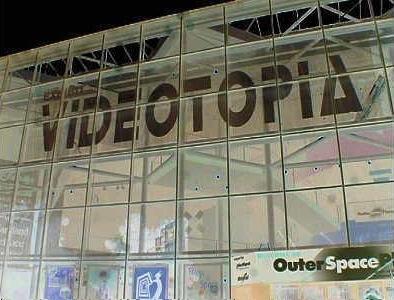



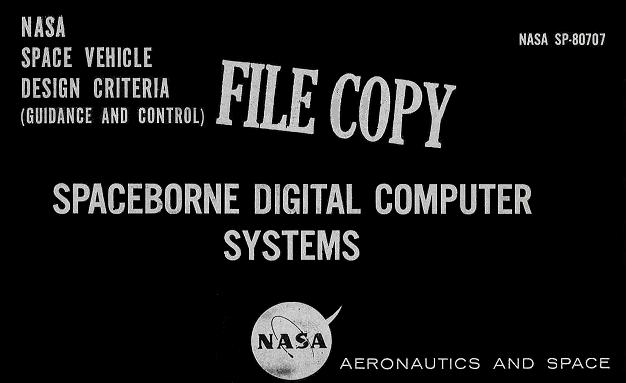
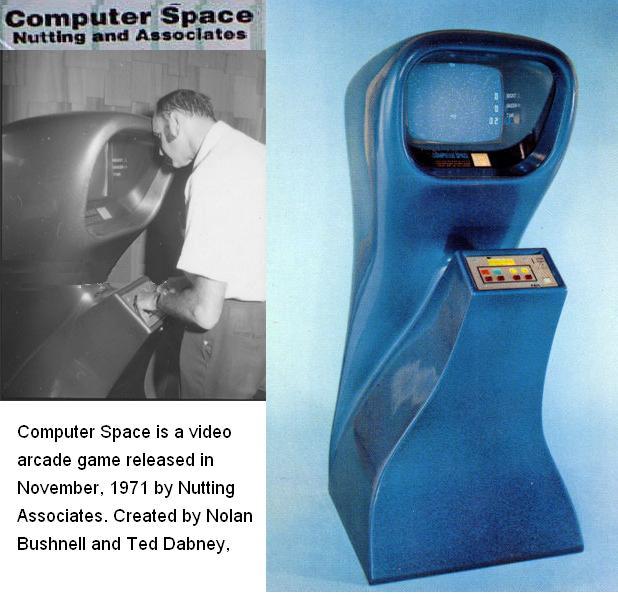

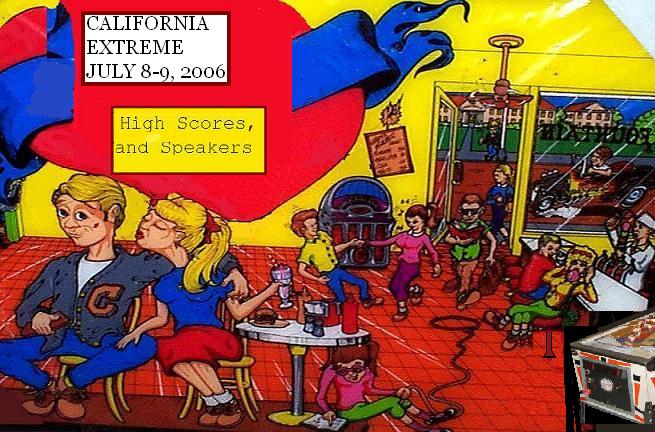 "Reagan Years" the 1980's Classics Arcade in Fullerton, CA
Has now Re-Opened and has a whole new facelift! (June 16, 2006)
"Reagan Years" the 1980's Classics Arcade in Fullerton, CA
Has now Re-Opened and has a whole new facelift! (June 16, 2006)
 Reagan Years
This classic era arcade, "Reagan Years" is combined in a way with the ultra hip,
"The Sidebar Rock and Roll Cafe" is connected to Reagan Years and is co-owned by
the famous rock band guitarist from "Lit", Jeremy Popoff and businessman,
Sean Francis. Link
The Reagan Years is mostly a New Games Arcade with six classics in the back.
Jeremy, co-owner of the Slidebar/Reagan Years, has been slimming down the number
of classic games by at least 50% because the profits were not there, and there
are now newer games in the place of most of the classics.
The current games at Slidebar are as follows: 720 degrees, Asteroids, Defender,
Frogger, Gauntlet, Ms Pac-man/Galaga: Class of '81, Rampage, Track & Field, Tron,
and Centipede (which was not functioning), 2 felty pool tables, 1 air hockey, and
the biggest big buck hunter.
Thank you!
Paul Dean, Spy Hunter Champion, June 28, 1985
The Fender Museum
On July 13th, 2002 the Fender Museum of Music and the Arts carved a place for itself
in music history with the official opening of its brand new 33,000 square foot building
in Corona, CA Link
Fender
Reagan Years
This classic era arcade, "Reagan Years" is combined in a way with the ultra hip,
"The Sidebar Rock and Roll Cafe" is connected to Reagan Years and is co-owned by
the famous rock band guitarist from "Lit", Jeremy Popoff and businessman,
Sean Francis. Link
The Reagan Years is mostly a New Games Arcade with six classics in the back.
Jeremy, co-owner of the Slidebar/Reagan Years, has been slimming down the number
of classic games by at least 50% because the profits were not there, and there
are now newer games in the place of most of the classics.
The current games at Slidebar are as follows: 720 degrees, Asteroids, Defender,
Frogger, Gauntlet, Ms Pac-man/Galaga: Class of '81, Rampage, Track & Field, Tron,
and Centipede (which was not functioning), 2 felty pool tables, 1 air hockey, and
the biggest big buck hunter.
Thank you!
Paul Dean, Spy Hunter Champion, June 28, 1985
The Fender Museum
On July 13th, 2002 the Fender Museum of Music and the Arts carved a place for itself
in music history with the official opening of its brand new 33,000 square foot building
in Corona, CA Link
Fender
 The Fender Museum
365 North Main Street
Corona, CA 92880
951.735.2440
The Fender Museum
365 North Main Street
Corona, CA 92880
951.735.2440